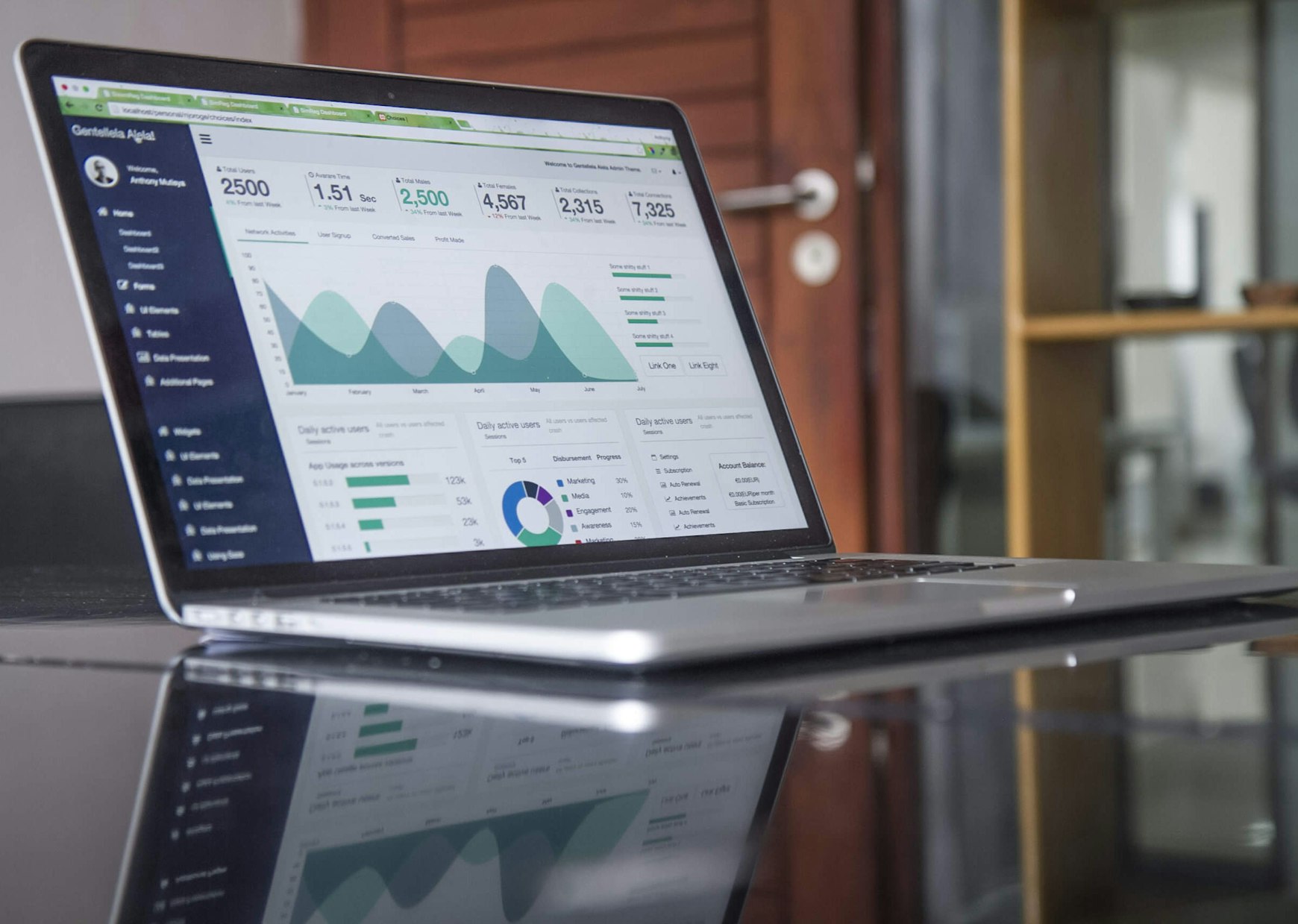
Maximize Organic Reach Before Paid Ads
Maximize Organic Reach Before Paid Ads
Before you pour money into paid advertising, it’s crucial to fully capitalize on organic reach. Here’s why:
- Trust: Organic content builds trust. Users are more likely to engage with brands they discover naturally.
- Foundation: It lays the groundwork for paid success. High-performing organic content often doubles as a great paid asset.
- Sustainability: It brings long-term results without continuous spending.
📌 Quick Tips:
- Post consistently and use platform-native tools (e.g., Reels on IG, Threads, Twitter polls)
- Engage in comments—every comment you leave is a mini billboard
- Collaborate with micro-creators who already speak to your audience
Think of organic as your testing ground. Only scale what already performs well.
Why Organic First?
When you build a strong organic presence, you’re essentially creating a foundation of credibility and authenticity. Your audience discovers you naturally, which leads to higher-quality engagement and more meaningful connections.
The Trust Factor
People are increasingly skeptical of advertisements. When they find your content organically, they’re more likely to trust what you have to say. This trust translates into higher conversion rates when you eventually introduce paid campaigns.
Testing Ground for Paid Campaigns
Organic content gives you valuable insights into what resonates with your audience. By analyzing which posts get the most engagement, you can make data-driven decisions about where to allocate your ad budget.
Cost-Effective Growth
Building organic reach requires time and consistency, but it doesn’t directly drain your marketing budget. This approach is especially valuable for startups and small businesses with limited resources.
Maximizing Your Organic Strategy
Content Consistency
Establish a regular posting schedule that your audience can rely on. Consistency signals to both your audience and platform algorithms that you’re an active, reliable source of content.
Platform-Native Content
Each platform has its preferred content formats:
- Instagram: Reels, Stories, and carousel posts
- Twitter: Threads, polls, and timely commentary
- LinkedIn: Long-form thought leadership and case studies
- TikTok: Authentic, trend-based short videos
Lean into these native formats for maximum reach and engagement.
Engagement as Marketing
Don’t just post and ghost. Actively engage with your community:
- Respond to every comment on your posts
- Join relevant conversations in your niche
- Ask questions that encourage responses
- Create content that addresses common questions or pain points
Micro-Creator Collaborations
Instead of aiming for celebrity endorsements, partner with micro-creators who have highly engaged audiences in your niche. These collaborations often yield better results because:
- Their audiences trust their recommendations
- They typically charge less than major influencers
- They’re more likely to genuinely connect with your brand
When to Transition to Paid
You’ll know it’s time to supplement your organic efforts with paid advertising when:
- You’ve established consistent engagement on your organic content
- You have clear data on which content types perform best
- You’ve identified specific goals that paid can help you achieve faster
- You have the budget to sustain meaningful ad campaigns
Remember, even when you start investing in paid advertising, your organic strategy should continue to be the backbone of your digital presence.
By maximizing your organic reach first, you’ll not only save money but also build a more authentic connection with your audience—something that paid advertising alone simply cannot achieve.
